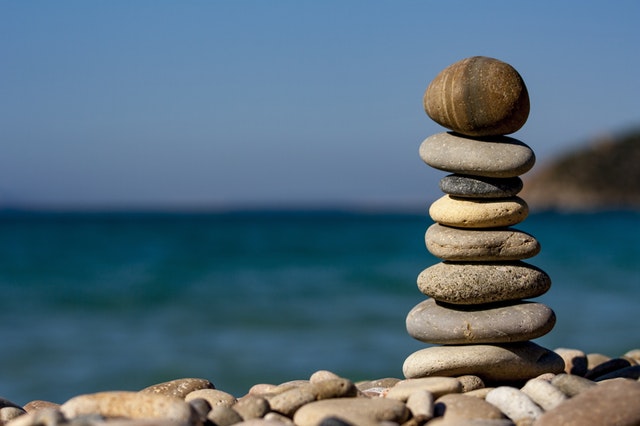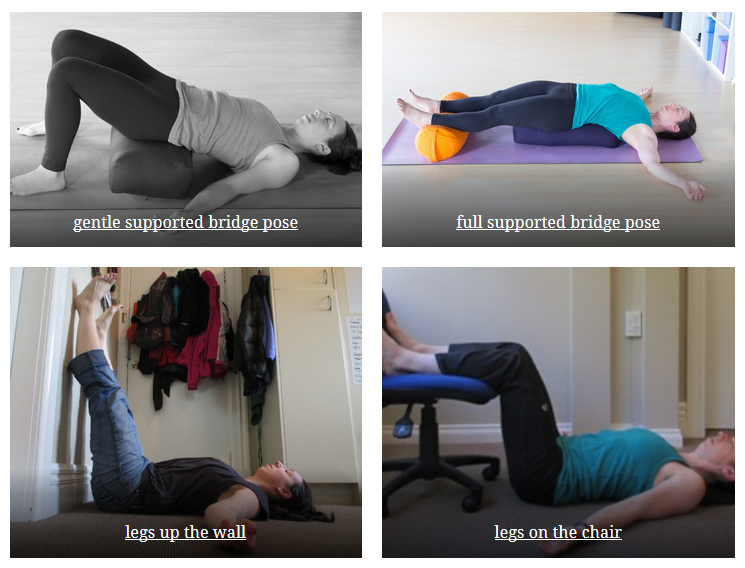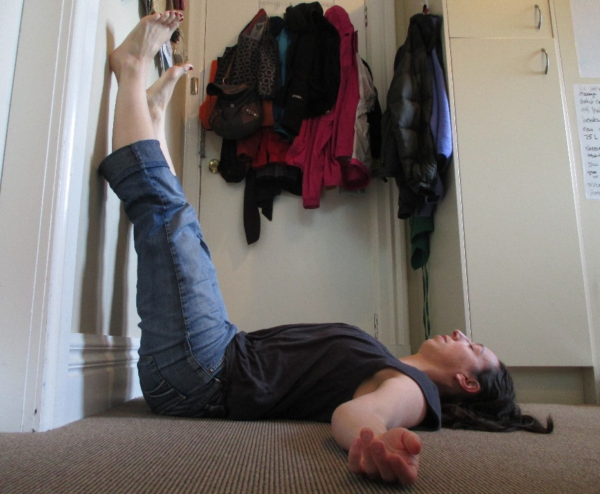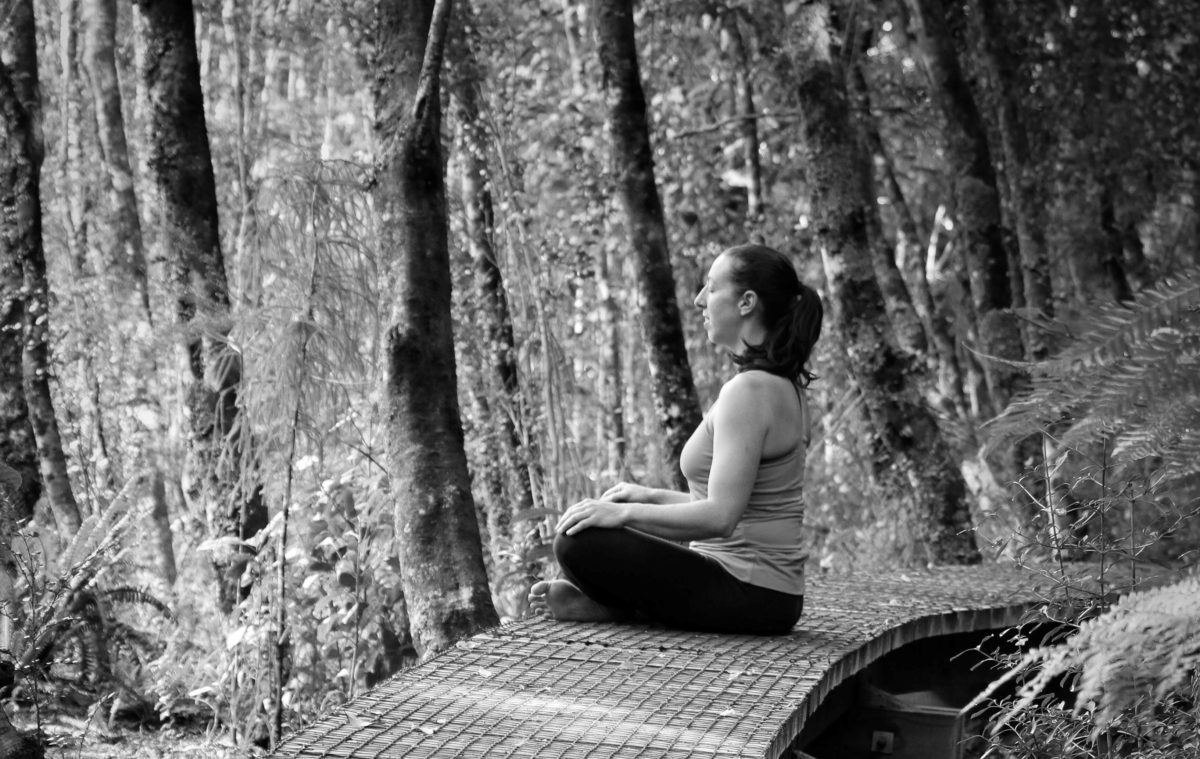When I was researching the purpose of śavāsana (corpse pose), I came across a comment from restorative yoga expert Judith Lasaster that it takes the average person 15 minutes to physiologically relax.
She talked about this in a podcast on Why You Can’t Skip Savasana. She said the effects of śavāsana don’t take affect until 15 minutes. Judith explained her definition of the three stages of relaxation with the first stage being physiological relaxation. This can be measured with biological measures like heart rate, breath rate and brain waves. This is the stage that Judith says on average takes 15 minutes to get the benefits of.
For years I’ve been encouraging people to take whatever time they have to practice relaxation techniques from yoga, whether that’s meditation, breathing practices or restorative yoga positions. In a world where we are time-poor and struggle to include time for rest and relaxation in our daily lives, I’ve always thought even 5 minutes can make a difference. But can it? What if 5 minutes isn’t enough?

So I went searching for the research. Disappointingly, Google didn’t serve up any scientific research in the first page of search results. So I dug into the science databases and golly, they did serve up – hundreds of articles on stress management and relaxation. I was just looking for a quick overview.
So I went (virtually of course) to the Benson-Henry Institute for Mind Body Medicine at Massachusetts General Hospital. It’s namesake is Dr. Herbert Benson, a cardiologist who is credited with identifying the ‘relaxation response’ through his research on meditation, dating back to the 1970s. The Institute has hundreds of published research papers on relaxation and stress.
So I picked a few, remembering that I was only looking for an answer on how long it takes to relax….
The 1971 article A wakeful hypometabolic physiologic state is one of the seminal articles on the relaxation response which describes the physiological changes during meditation. What I found interesting is that the changes in heart rate, breath rate, blood flow and brain waves due to meditation, were not observed when quietly sitting and were different to changes seen during sleep. While a small study of 36 people, the researchers did find that brain wave patterns and changes in oxygen consumption occurred after 5-10 minutes of meditation.
The 1974 article on The Relaxation Response provides an overview of historical writings on practices that elicit the relaxation response and research studies demonstrating the relaxation response. In this article, the authors described the relaxation response as a state and conclude that several different techniques could lead to similar physiological changes. This included meditation, yoga and progressive muscle relaxation.
While the research shows many techniques can trigger the relaxation response, the Benson-Henry Institute says the
“…two basic steps to elicit the relaxation response are: the repetition of a sound, word, phrase prayer, or movement, and the passive setting aside of intruding thoughts and returning to the repetition. This can be done using any number of meditative techniques, such as diaphragmatic breathing, repetitive prayer,
qi gong, tai chi, yoga, progressive muscle relaxation, jogging, even knitting.”
Dr. Herbert Benson himself in a 2008 media release suggested doing this once or twice a day for 10 to 20 minutes.
So after all that, I still don’t know the answer to how long it takes to relax. But maybe that’s the wrong question. It’s not about time, but about what you are seeking. And if it’s the relaxation response, it’s not enough to just sit quietly. You need to use a method that allows you to let go of other thoughts. If you’re wondering where to start see my posts on mantra meditation and the breathing practice of longer exhales.




